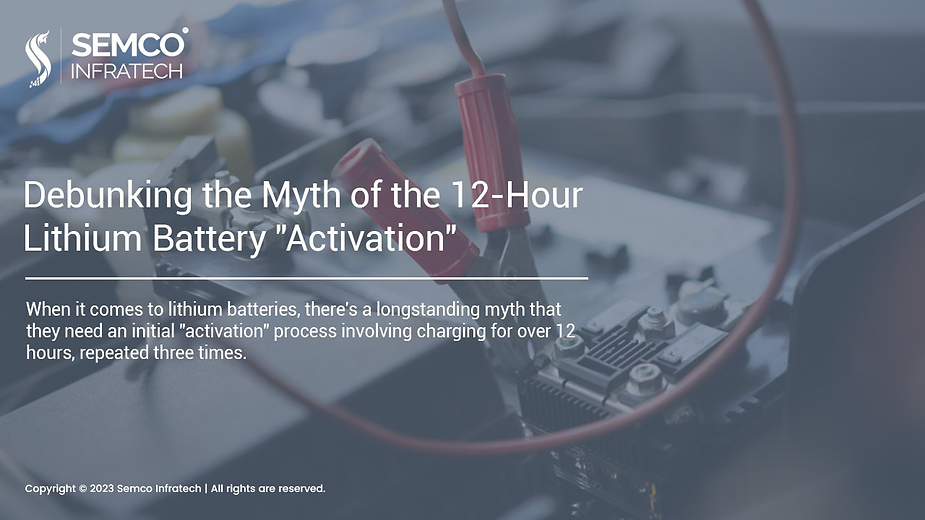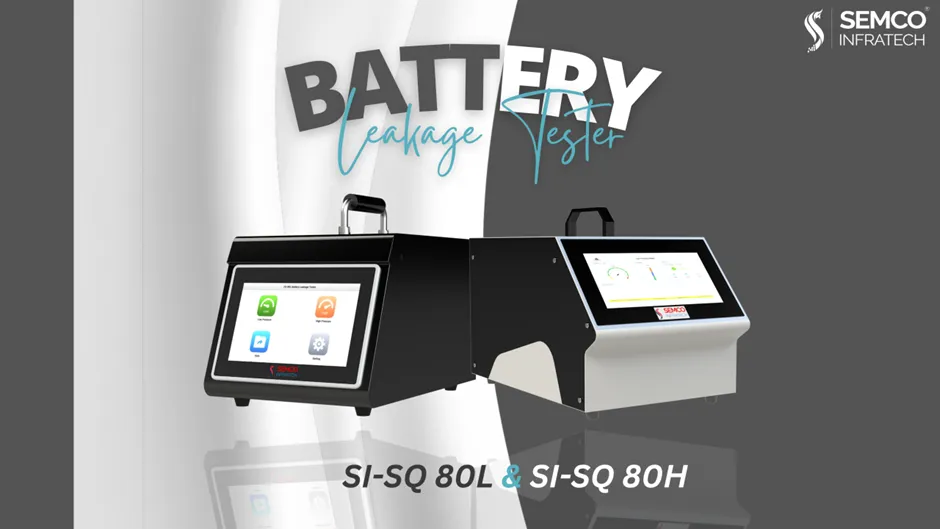In the ever-evolving field of battery manufacturing, where precision and performance are paramount, even the smallest components play a critical role. Nickel tabs with bumps, though seemingly simple, are indispensable to the functionality and efficiency of modern batteries. This article explores the significance, design, and applications of nickel tabs with bumps, highlighting their contribution to the advancement of battery-making machine technology.
What Are Nickel Tabs with Bumps?
Nickel tabs are thin strips of nickel or nickel-plated material that serve as conductive elements in lithium-ion battery assembly. The “bumps” refer to small, engineered protrusions on the surface of these tabs. Far from being mere design features, these bumps are purposefully included to optimize the performance and assembly of batteries. They are most commonly used in lithium-ion batteries, which power electric vehicles (EVs), consumer electronics, and energy storage systems.

Key Functions of Nickel Tabs with Bumps
- Optimized Electrical Conductivity
Nickel is an excellent conductor of electricity, making it ideal for battery tabs. The bumps on the tabs enhance the contact area during welding, ensuring a more secure and efficient electrical connection. This reduces resistance and minimizes heat generation—critical for maintaining battery cell making machine performance and safety. - Enhanced Weldability
Welding is a crucial step in lithium battery pack assembly, and the bumps on nickel tabs play a vital role in this process. These protrusions concentrate energy during welding, resulting in stronger and more consistent welds. This feature is especially valuable in automated battery-making equipment production lines, where precision is essential. - Increased Mechanical Stability
The bumps add mechanical stability to the welded joints, reducing the likelihood of detachment or cracking. This is particularly important in applications like EVs, where batteries are subjected to vibrations and mechanical stresses. - Effective Thermal Management
Thermal regulation is a key aspect of battery design. The bumps on nickel tabs create small air gaps that help dissipate heat more effectively, preventing overheating at contact points. This enhances the battery’s overall safety and longevity. - Streamlined Assembly Process
The design of nickel tabs with bumps simplifies the manufacturing process. By enabling faster and more reliable welding, they reduce assembly time and costs, increasing production efficiency—an essential benefit for any battery making machine line. - Resistance to Corrosion
Nickel’s inherent resistance to corrosion ensures the longevity of battery connections, even in challenging environments. The presence of bumps does not compromise this property, making these tabs reliable over extended periods.
Applications of Nickel Tabs with Bumps
Nickel tabs with bumps are integral to a wide range of battery-making equipment applications, including:

- Electric Vehicles (EVs): These tabs are essential for ensuring reliable connections in high-capacity EV batteries, which must perform under demanding conditions.
- Consumer Electronics: From smartphones to laptops, nickel tabs contribute to the compact and efficient design of modern electronic devices.
- Energy Storage Systems (ESS): For renewable energy applications, these tabs ensure the efficiency and reliability of battery packs used in solar and wind energy storage.
- Medical Devices: In portable medical equipment, where safety and reliability are critical, nickel tabs with bumps provide consistent performance.
Innovations and Future Trends
As the demand for advanced batteries grows, nickel tabs with bumps are likely to see further innovation. Future advancements may include:
- Integration with Smart Manufacturing: Automation and advanced sensors could further optimize the welding and placement of these tabs, ensuring unparalleled precision.
- Improved Materials: The development of new alloys or coatings could enhance conductivity and resistance to wear and corrosion.
- Sustainability Efforts: Using recycled nickel and eco-friendly manufacturing methods can align with global sustainability initiatives.
Conclusion
Nickel tabs with bumps may appear to be a minor component, but their impact on lithium-ion battery assembly performance and reliability is profound. Enhancing electrical conductivity, weldability, thermal management, and mechanical stability contributes significantly to the efficiency and safety of modern batteries. As industries continue to innovate and prioritize electrification, understanding and optimizing components like nickel tabs with bumps will be crucial for driving progress in battery technology. Their role in shaping the future of lithium battery pack assembly and energy storage cannot be overstated.





